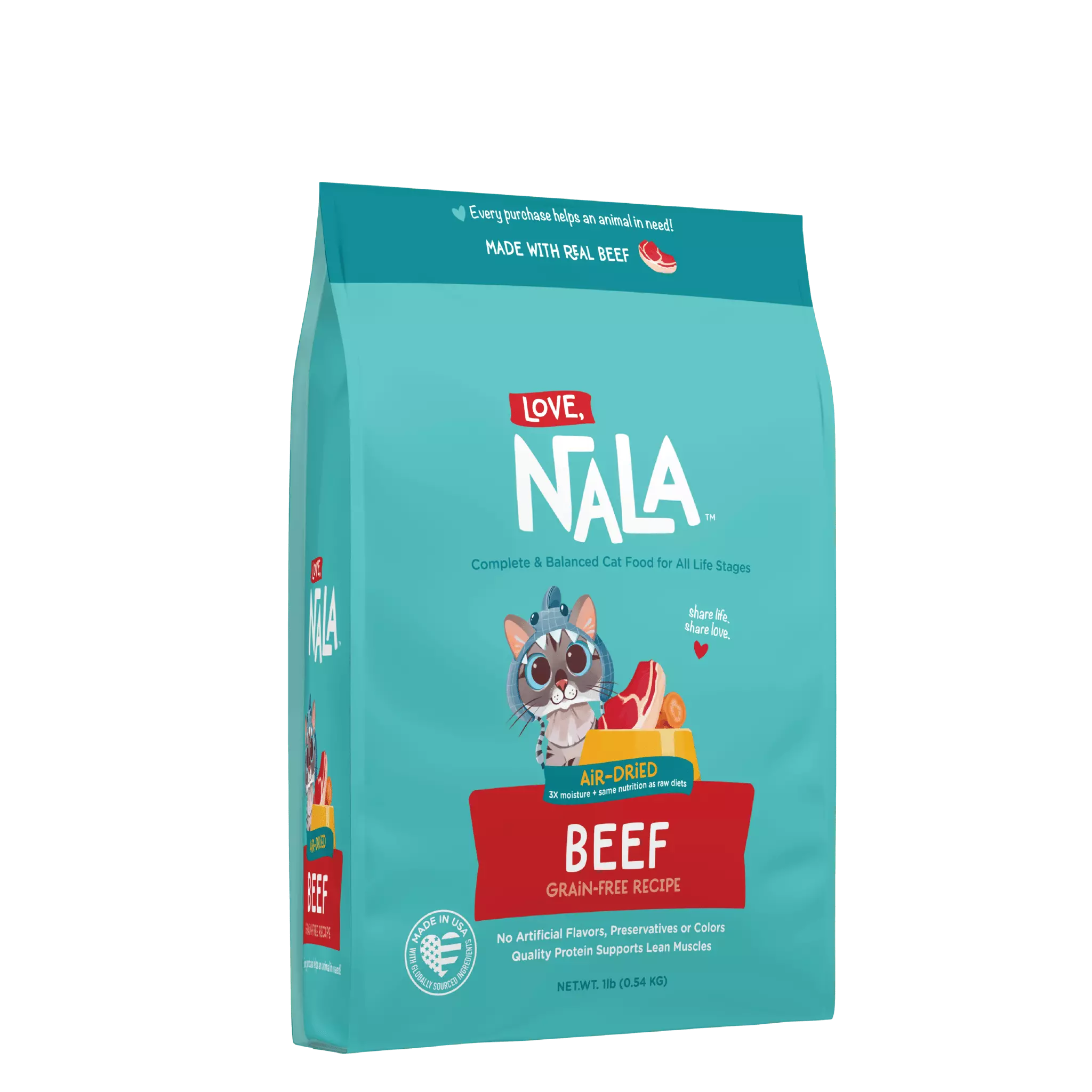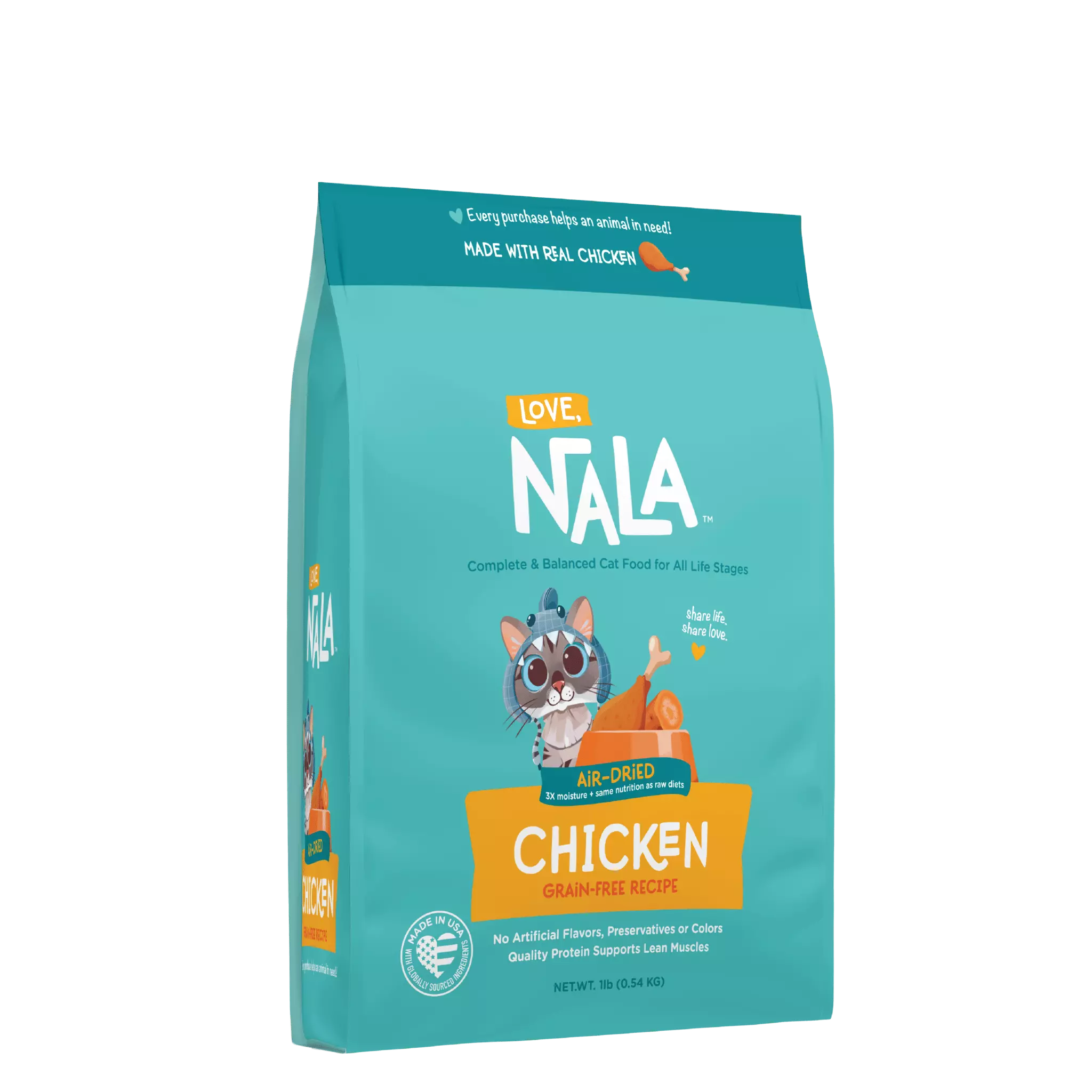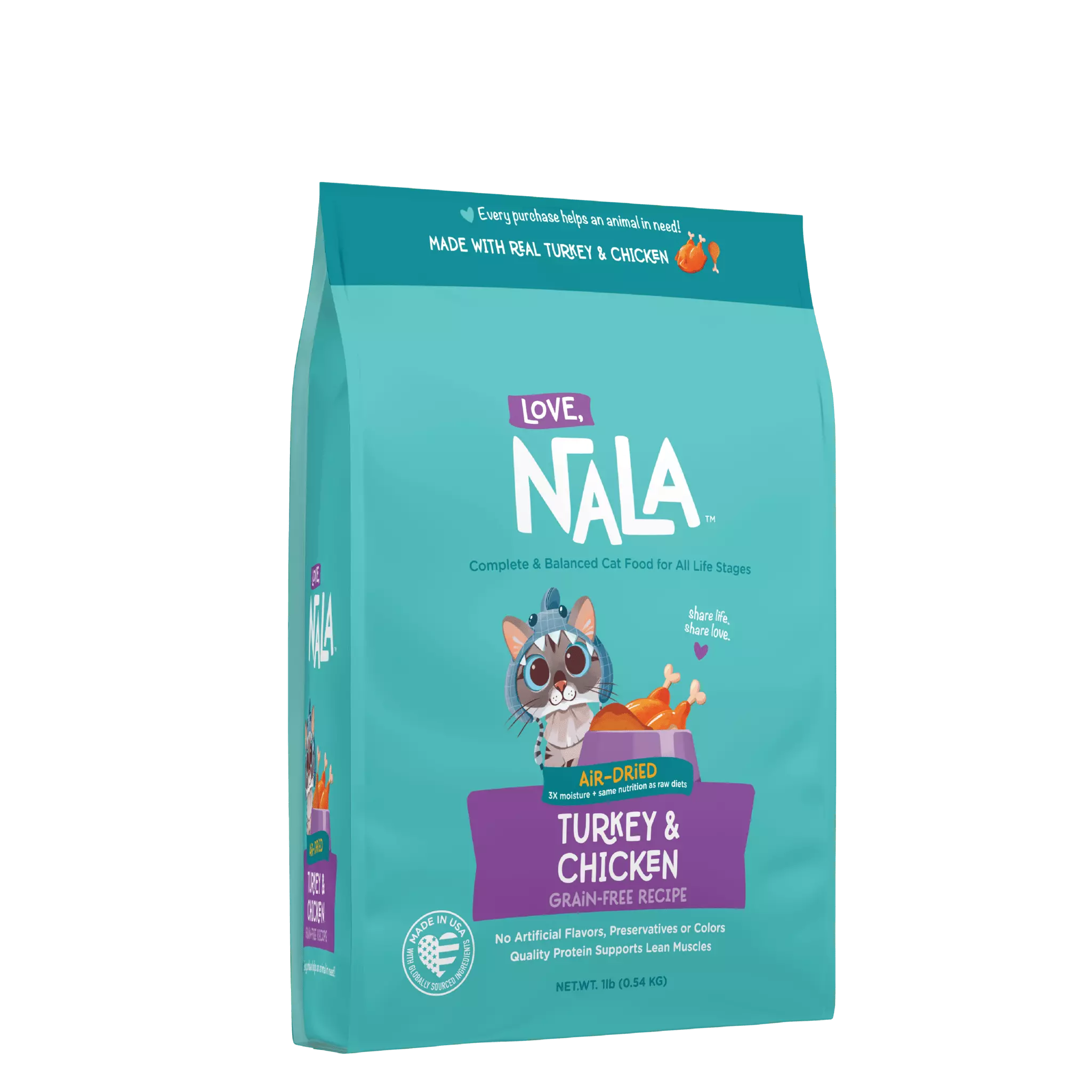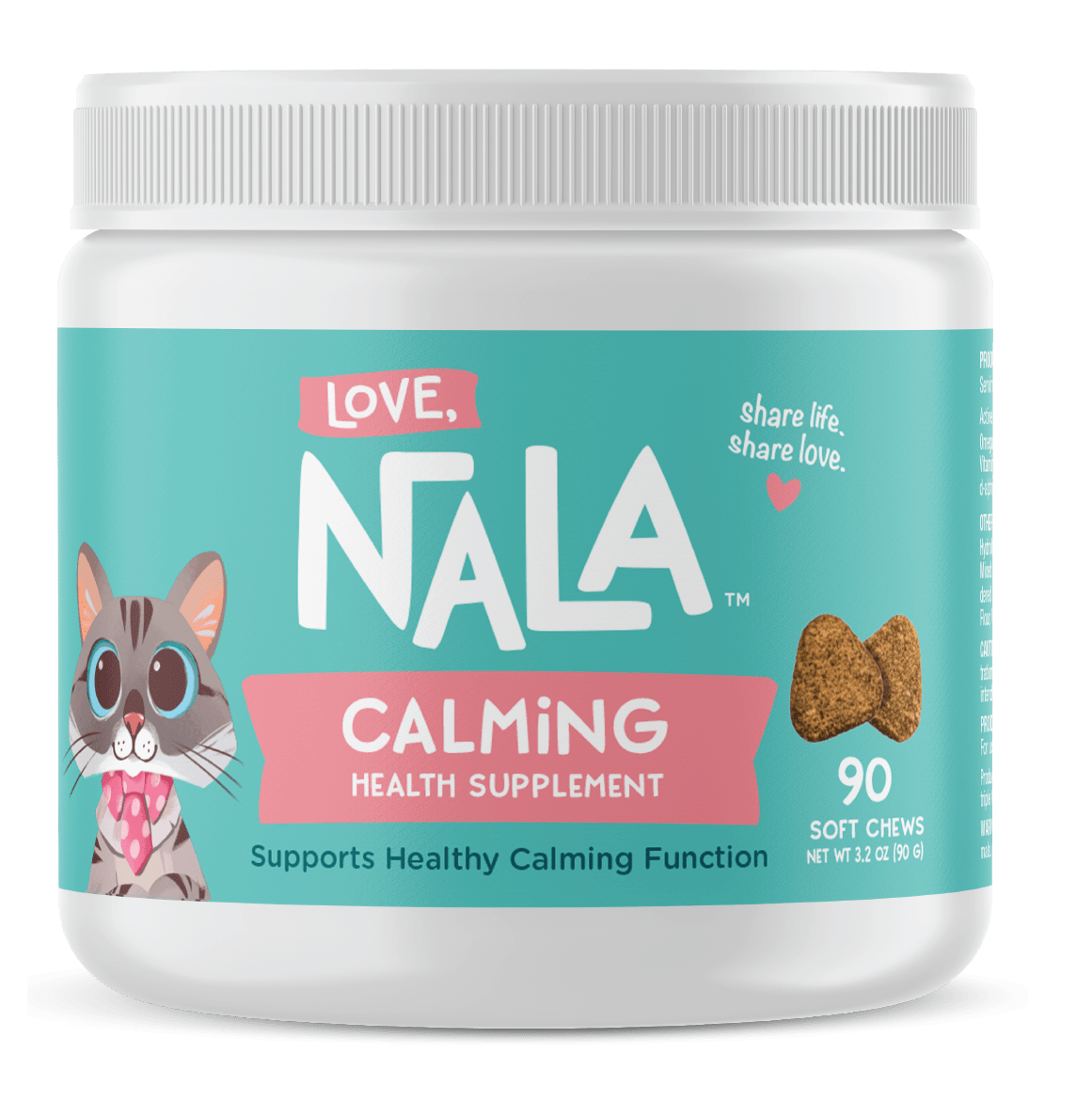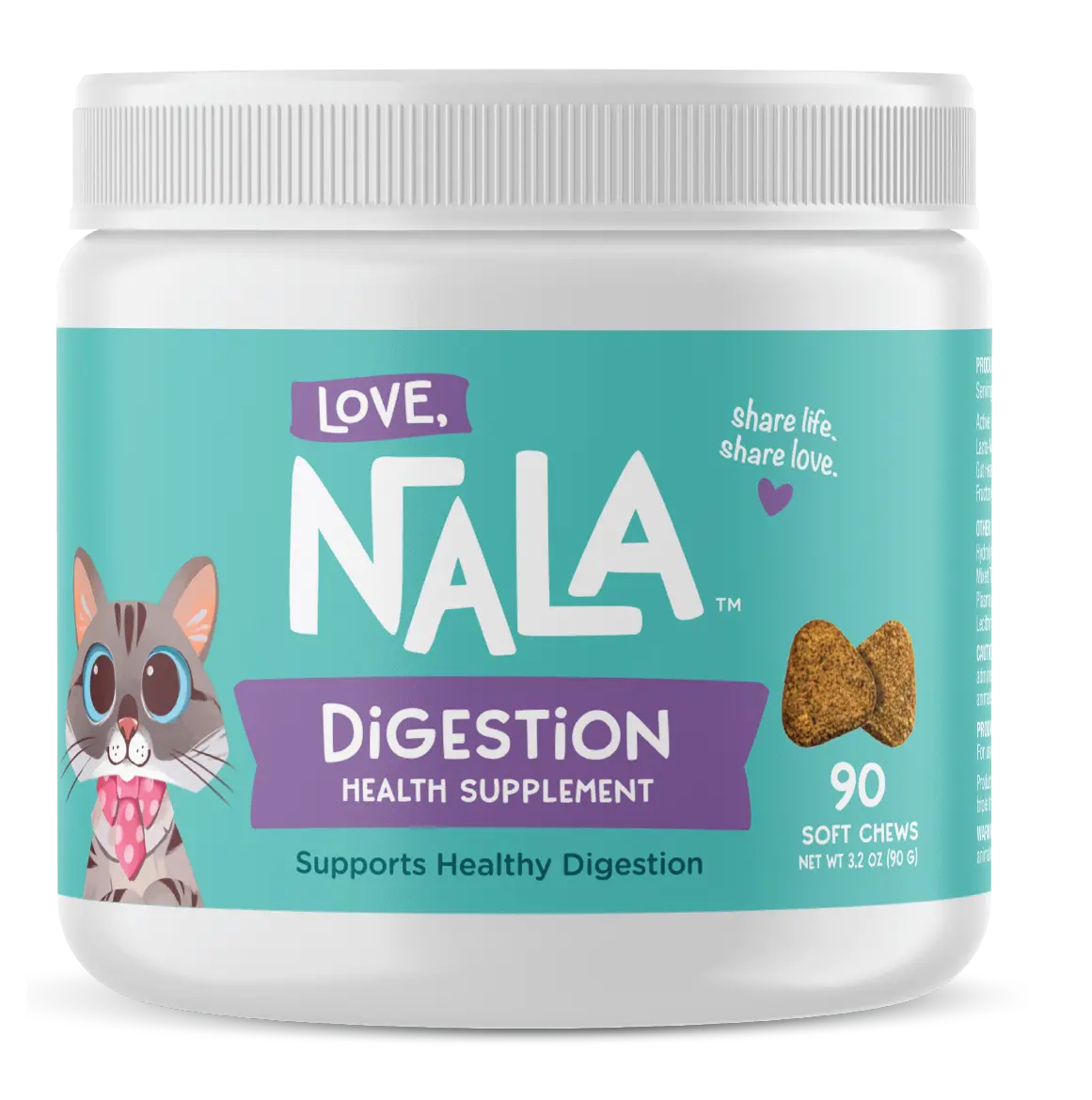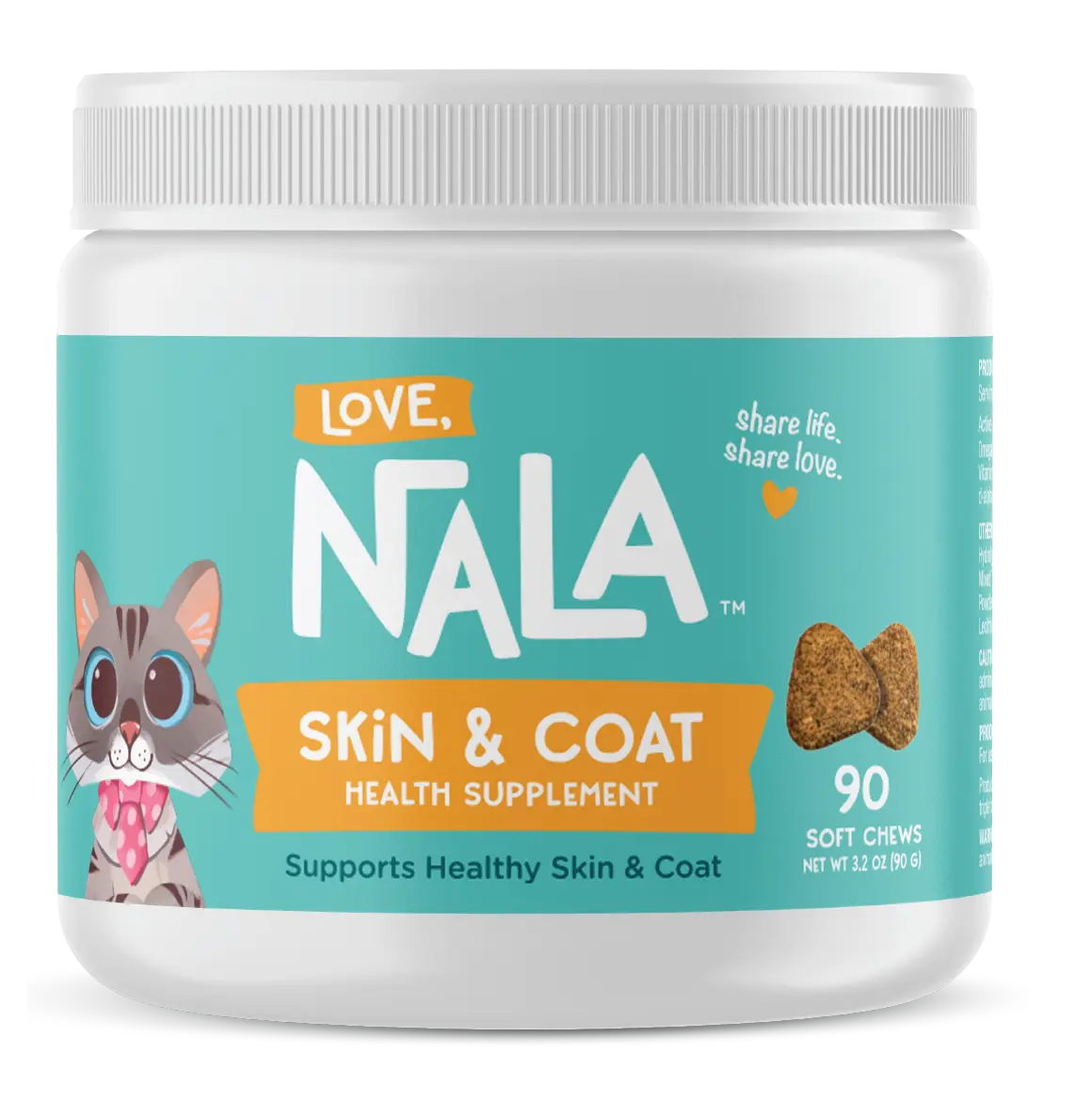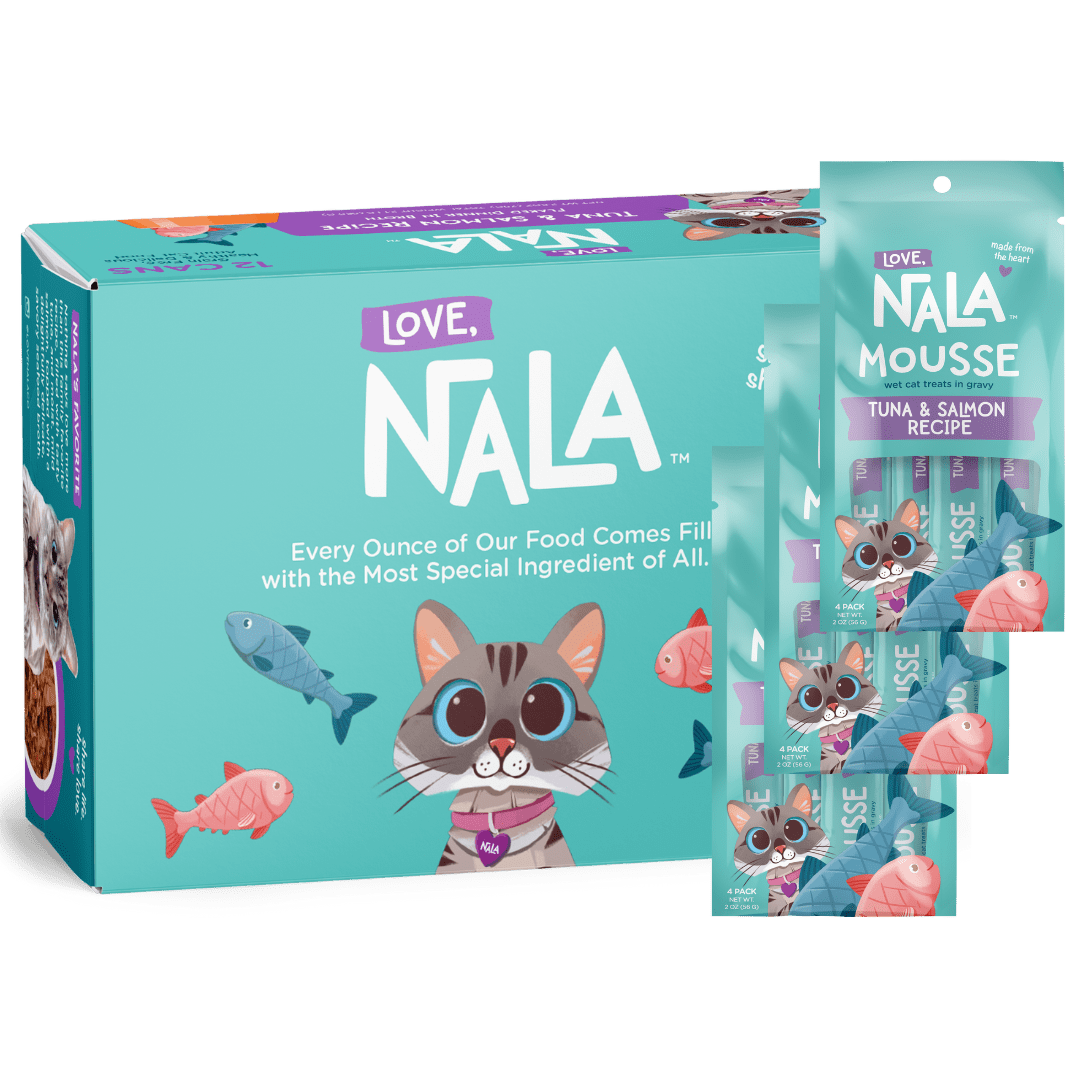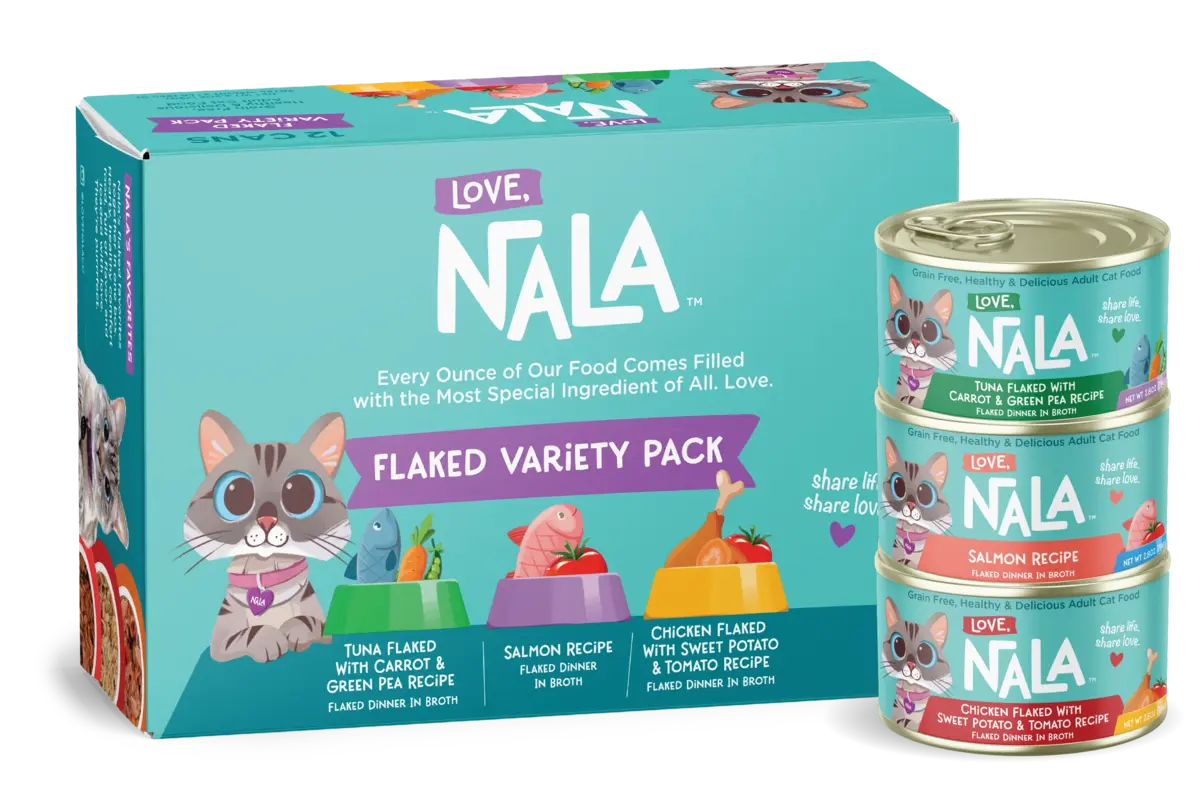Cats are known as obligate carnivores, which means their diet must primarily consist of meat. Their bodies are specifically designed to process animal proteins and they have a limited ability to digest plant-based foods. However, this does not mean that all plant-based foods are harmful to cats. Incorporating certain vegetables in cat food can provide additional nutrients that may benefit your cat's health, provided these are given in the right amounts and prepared properly to ensure they are safe and digestible.

Common Vegetables Cats Can Eat Safely
Carrots
Carrots are an excellent choice for cats due to their high beta-carotene content, which the body converts into vitamin A. This vitamin is crucial for maintaining good vision, skin health, and immune function. When adding carrots to your cat's diet, it's important to cook them to soften their texture, making it easier for cats to eat and digest. This helps ensure that they get the maximum benefit from the nutrients carrots offer without straining their digestive system.
Peas
Peas are another safe vegetable for cats that provide significant health benefits. They are rich in fiber and contain vitamins C and K, both of which support your cat's health in various ways. Vitamin C is an antioxidant that helps protect cells from damage, while vitamin K plays a crucial role in blood clotting. Peas can be a tasty addition to cat food, often found in many commercial cat foods as a supplementary ingredient. They should be served cooked and mashed to aid in easier consumption and digestion.
Green Beans
These are a fantastic low-calorie option for cats, particularly those that need to manage their weight. They are high in fiber, which can help cats feel fuller without adding excessive calories to their diet. This makes green beans ideal for weight control and regular bowel movements. Cooked green beans can be chopped into small pieces to integrate easily into your cat's meals, providing a healthy, fibrous snack that supports their dietary needs without unnecessary fats or calories.
Zucchini
It is a mild, good vegetables for cats that is easy on the stomach and supports digestive health due to its high water and fiber content. It is particularly useful in weight management programs for cats, as it is low in calories but high in volume, helping to satisfy hunger without leading to weight gain. Like other safe vegetables, zucchini should be cooked and chopped into small, manageable pieces to ensure it is easy for cats to eat and digest, making it a convenient addition to any feline diet.
Best Vegetables for Cats
Pumpkin
Pumpkin is highly regarded as one of the best vegetables for cats due to its high fiber content, which can greatly aid in digestive health. It's particularly useful for managing hairballs and constipation, providing a smooth bulk that can help ease the passage of stools. The soluble fiber in pumpkin also helps absorb excess water in the digestive tract, making stool consistency healthier. When feeding pumpkin to cats, ensure it is pure and without added sugars or spices, typically found in pre-prepared pie fillings.
Spinach
Packed with vitamins and minerals, Spinach is a nutritious addition to a cat’s diet, but it should be offered in moderation. It contains vitamins A, C, K, and iron, which support various bodily functions from vision to immune health. However, because spinach also contains small amounts of calcium oxalate, which can contribute to kidney stones, it should only be given occasionally and in small quantities to avoid any potential health issues.
Broccoli
Broccoli is another vegetable that is safe and beneficial for cats, providing essential nutrients like vitamins C and K, as well as antioxidants that help protect against cellular damage. These nutrients support overall health and can boost the immune system. Broccoli should be steamed until soft to make it easy for cats to chew and digest, ensuring they receive the full benefit of its nutritional offerings without risking gastrointestinal upset.
Bell Peppers
The red variety of bell peppers are excellent sources of vitamins A, C, and E, which are vital for maintaining healthy skin, coat, and vision, as well as immune function. These colorful vegetables are low in calories and can be a crunchy, appealing treat for cats when cut into small, manageable pieces.
Vegetables That Are Good for Cats
Cucumbers
Cucumbers are an excellent choice for providing hydration due to their high water content. They are also very low in calories, making them a perfect snack for cats, especially those needing to maintain or reduce their weight. The crunchy texture of cucumbers can also be appealing to cats, stimulating their interest in their meals. Serve cucumbers in small, thin slices to ensure they are easy for cats to eat and digest.
Sweet Potatoes
These are nutrient-dense cat vegetables when offered in moderation. They are rich in vitamins A and C, which are essential for maintaining good vision, skin health, and immune function. Since they are also high in dietary fiber, sweet potatoes support digestive health. Always cook sweet potatoes thoroughly and serve them mashed or in small, soft pieces to prevent choking hazards and ensure easy digestion.

Healthy Vegetables for Cats
Hydration and Fiber Sources
As emphasized before, vegetables are an excellent source of hydration and fiber for cats, which is crucial for their overall health. They help in maintaining hydration levels, especially for cats that may not drink enough water on their own. The fiber in vegetables promotes a healthy gut by facilitating smoother digestion and preventing issues like constipation and hairballs
Balancing Vegetables with a Meat-Based Diet
While vegetables can provide supplementary nutrition, it's essential to balance them with a meat-based diet, which is crucial for a cat's health. Cats are obligate carnivores and require a diet high in protein from animal sources. Here's how to ensure a balanced diet:
- Protein Focus: It is vital to prioritize animal-based proteins in a cat's diet, as these are crucial for their health. Protein should constitute the majority of their daily intake, acting not only as a source of energy but also as the primary supplier of essential nutrients. Meats such as chicken, beef, and fish offer a range of amino acids that are necessary for muscle development, immune function, and overall growth. Ensuring that these high-quality proteins are at the forefront of your cat’s diet supports their carnivorous nature and meets their nutritional needs effectively.
- Vegetable Supplements: While meat should dominate a cat's diet, vegetables can serve as beneficial supplements. Incorporating a small amount of vegetables—roughly 10-15% of the total diet—can provide vital fibers, vitamins, and minerals that may not be sufficiently supplied by meat alone.
- Proper Preparation: Cooking vegetables before adding them to your cat's meal is crucial for their health. Cooking helps to break down the cellulose, making it easier for cats to digest. It also ensures that any potentially harmful substances are eliminated, making the vegetables safer for consumption. Boiling is an effective method that preserves most of the nutrients while making the vegetables more palatable and digestible for cats.
- Consultation with a Veterinarian: Before making any significant changes to your cat's diet, it is advisable to consult with a veterinarian. A professional can provide personalized advice based on your cat’s specific health needs, age, and any existing conditions. This step is essential to ensure that the diet you are providing is optimally balanced and tailored to support your cat’s health and longevity.
Balancing the diet of a cat with both meat and a controlled portion of vegetables can lead to a healthier and more satisfied pet. This approach not only fulfills their natural dietary requirements but also enhances their diet with additional nutrients found in vegetables.
Safe Vegetables for Cats
Serving Sizes and Frequency
Moderation is crucial when introducing vegetables into a cat's diet. Small serving sizes are recommended, and vegetables should only make up a small portion of the diet, ideally not more than 10% of the total food intake. Regularly rotate the types of vegetables provided to avoid nutrient imbalances and to keep mealtimes interesting for the cat.
Avoiding Toxic Vegetables
Certain vegetables are known to be toxic to cats and must be avoided entirely. Here are important precautions to keep your cat safe from toxic vegetables:
- Thoroughly Read Ingredients: It's essential to scrutinize the ingredients of any commercial cat foods or treats thoroughly. Onions and garlic often come in powdered forms, which might not be immediately obvious but are just as harmful. Check for any aliases or related family members like shallots and chives.
- Home Cooking Caution: When preparing meals at home, particularly those intended for cats, ensure that onions, garlic, and leeks are completely omitted. Even small quantities can be dangerous, so it's best to avoid these ingredients entirely to eliminate the risk of trace amounts contaminating your cat’s food. Instead, use cat-safe alternatives or consult with a veterinarian for appropriate seasoning options that are safe for cats.
- Avoid Cross-Contamination: Care should be taken in the kitchen to prevent cross-contamination. Utensils and cutting boards used for chopping onions or garlic should be thoroughly cleaned before they are used for preparing cat food. Also, ensure that these ingredients are stored separately from where cat food is prepared to avoid accidental spills or contamination.
- Educate the Household: All members of the household should be informed about the dangers that onions, garlic, and leeks pose to cats. Education is key in preventing accidental feeding or exposure. Creating awareness helps in maintaining a safe environment for your pet, ensuring everyone acts cautiously when using these ingredients.
- Immediate Veterinary Care: Immediate action is required if there is any suspicion that your cat has ingested any toxic vegetable. Symptoms of toxicity might include weakness, pale gums, or rapid breathing. Contact your veterinarian immediately as timely diagnosis and treatment can significantly improve the prognosis. Early veterinary intervention can mitigate the effects of thiosulfate toxicity, preventing more severe health complications.
Keeping your cat safe from the dangers of toxic vegetables such as onions, garlic, and leeks involves vigilant management of their diet and environment. By adhering to these detailed precautions, you can ensure the safety and well-being of your feline friend, avoiding the risks associated with these harmful ingredients.
Introducing Vegetables into Your Cat’s Diet
Steps for Gradual Introduction
Introducing vegetables into your cat's diet should be done gradually to assess tolerance and acceptance. Observe your cat's reaction over several days, looking for any signs of digestive upset or disinterest, which might suggest that the particular vegetable isn't suitable for them. If your cat accepts the vegetable well, you can slowly increase the quantity and similarly introduce other vegetables.
Mixing Vegetables with Regular Cat Food
When incorporating vegetables into your cat’s regular meals, mix them thoroughly with their usual food. This integration helps cats get used to the texture and taste of vegetables combined with their familiar food. It also ensures that the vegetables are ingested as part of a balanced diet rather than being picked around or left in the bowl.
Incorporating Vegetables into Homemade Cat Food
Benefits of Homemade Cat Food
Homemade cat food allows for complete control over the ingredients, ensuring that everything is fresh and high-quality. By preparing your cat's meals at home, you can avoid preservatives and additives found in some commercial foods, which might be unsuitable for your cat’s specific dietary needs. Additionally, homemade meals can be tailored to include a balance of vegetables good for cats, providing them with essential nutrients not always available in store-bought options.

Tips for Meal Prep and Storage
Proper meal prep and storage are essential to maintain the freshness and nutritional integrity of homemade cat food. Prepare batches that can be consumed within a few days, and store them in the refrigerator in airtight containers. For longer preservation, freezing portions is effective. Always label containers with the date of preparation to keep track of their freshness and ensure they are used while still beneficial.
As a responsible pet owner, knowing what kind of vegetables can cats eat is crucial. Take the time to research, consult professionals, and observe your cat’s reactions to new foods. Proper feeding practices not only ensure the health and happiness of your cat but also strengthen the bond you share through caring and attentive feeding.
